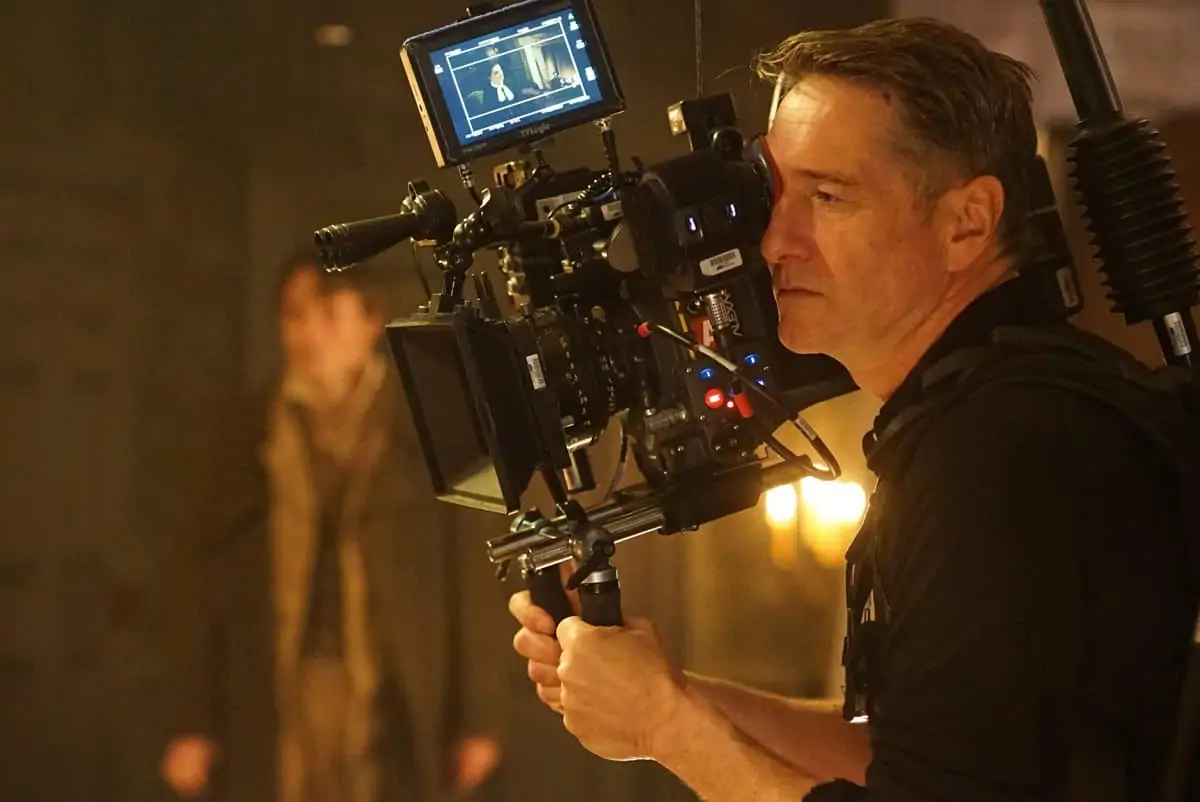Last year, this magazine celebrated its 100th Issue. In that issue, the President’s Perspective was written not by me but instead by cinematographer and educator Tunji Akinsehinwa.
He talked about the challenges that he and others had confronted while trying to make their way in the film and TV industry. As he put it, “racial bias was shaping the decisions around how I would work and, subsequently, impacting my progress in this industry.”
Although Tunji agreed generally with the ‘if you’re good enough you will succeed’ dictum, he questioned the number of opportunities open to young Black and Asian camera crew. Tunji was writing from personal experience but could just as well have been writing on behalf of women who arguably confront greater systemic barriers to making progress in our department.
Tunji’s article launched publicly the idea, and then very soon the reality, of a BSC Diversity and Inclusion Committee. The subsequent committee, made up of BSC members as well as those who are not necessarily established cinematographers but know full well the insidious nature of unconscious bias in the industry, set about drawing up a document that would not only be the BSC’s public statement on diversity but also something that could be usefully and consciously utilised in our daily working lives. Something that could become as synonymous with the BSC as ‘Preserving the Vision’.

The BSC’s Diversity and Inclusion Committee recently published a series of pledges to which the Society as an organisation stands by and would encourage all its members to do so too. Its central aim is to keep uppermost in our minds the idea that tackling diversity and inclusion is an active process that requires acknowledgment of a problem and awareness that the solution is very often in our hands. We, the cinematographers, always make choices and therefore we can influence.
To quote: “…to encourage every member of the BSC to be conscious of how they can positively use their position of leadership and influence to support and promote under-represented groups within their department…”
It has been queried as to why we have to make these things explicit in the first place. Surely it is inherent in our work and part of our professional ethos to seek and encourage the best personnel for our department. And that mentoring and nurturing talent, from whatever quarter it comes, is second nature to us. It has even been suggested that the pledges risk making the BSC a hostage to fortune. That in being seen to be failing in these aims, we could be subject to legal challenges.
Being a member of the BSC has always come with responsibilities, namely, to the art and craft and to each other. Without subtracting from those aims, we can no longer afford the luxury of being bystanders, especially when our department has such a parlous record of diversity, whether it be by race or gender.
Mike Eley BSC
First, Tunji’s point would be that to even be in a position to be among “the best personnel for our department”, traditionally under-represented groups will already have had to navigate a whole landscape of prejudice and therefore be more likely to be absent from the line-up. What might appear to be considered choices could in fact just be an exercise in making the tramlines deeper, the direction of travel even more predictable.
Second, the clue is in the quote featured above: “to encourage”. These are not orders from above, diktats aimed at membership to change their behaviour. That would be contrary to the Society’s values and, quite frankly, absurd. But a society as influential as ours can make a difference. From the very beginning, being a member of the BSC has always come with responsibilities, namely, to the art and craft and to each other. Without subtracting from those aims, core as they are, we can no longer afford the luxury of being bystanders, especially when our department has such a parlous record of diversity, whether it be by race or gender.
It will not be easy and change often comes too slowly. How we, established and experienced cinematographers, successfully go about selecting teams will rest very much on being able to balance talent with requirements with opportunity with talent and with, well, being the right person for the job.
An open and anonymous letter was recently sent to the BSC, as well as to other Guilds and Associations, by a female 1st AC citing an experience she’d had when going for a job. She was interviewed by the DoP and, during their conversation, got the distinct impression that the only reason she was being considered for the job was because she was a woman. As she says in her letter, she is a very experienced focus puller and so thought her CV and track record had brought her to the table.
The box being ticked. It’s not a nice feeling and no professional should feel they are merely part of a given quota. There will be many who will say that you can’t have one without the other, that you can’t bring about change without actually pulling the lever. It should go without saying that any focus puller of many years standing has got where they are through merit, hard work and being called back.
There is an enormous amount of talent out there waiting to step up. Opportunity is all it needs. The rest is basic human understanding and respect for fellow professionals.
Mike Eley
BSC President













